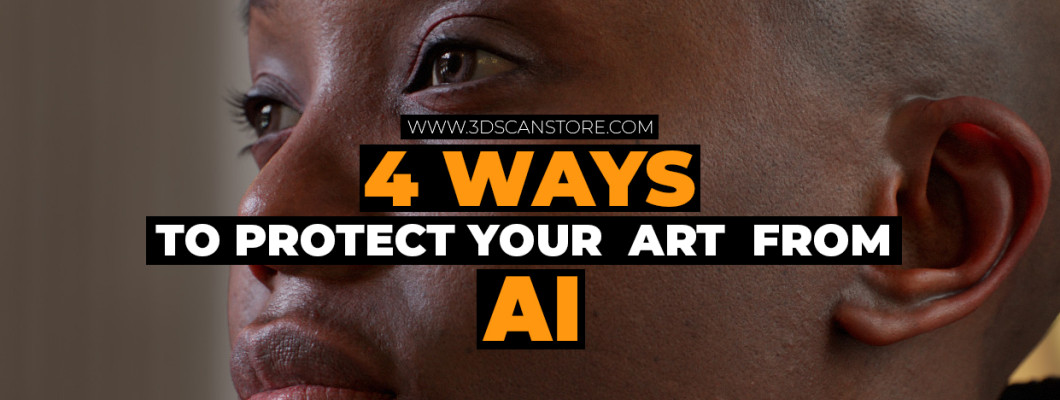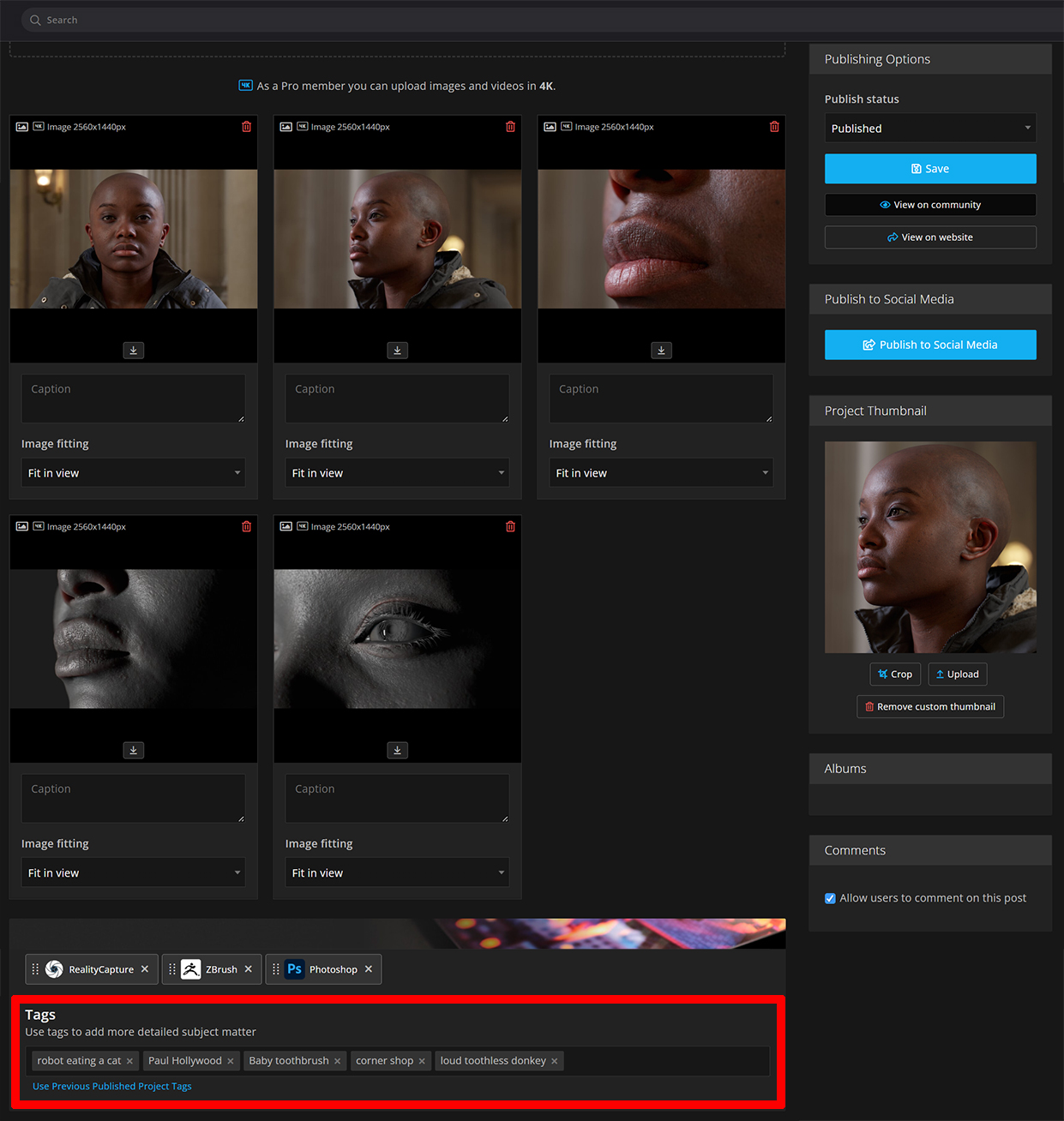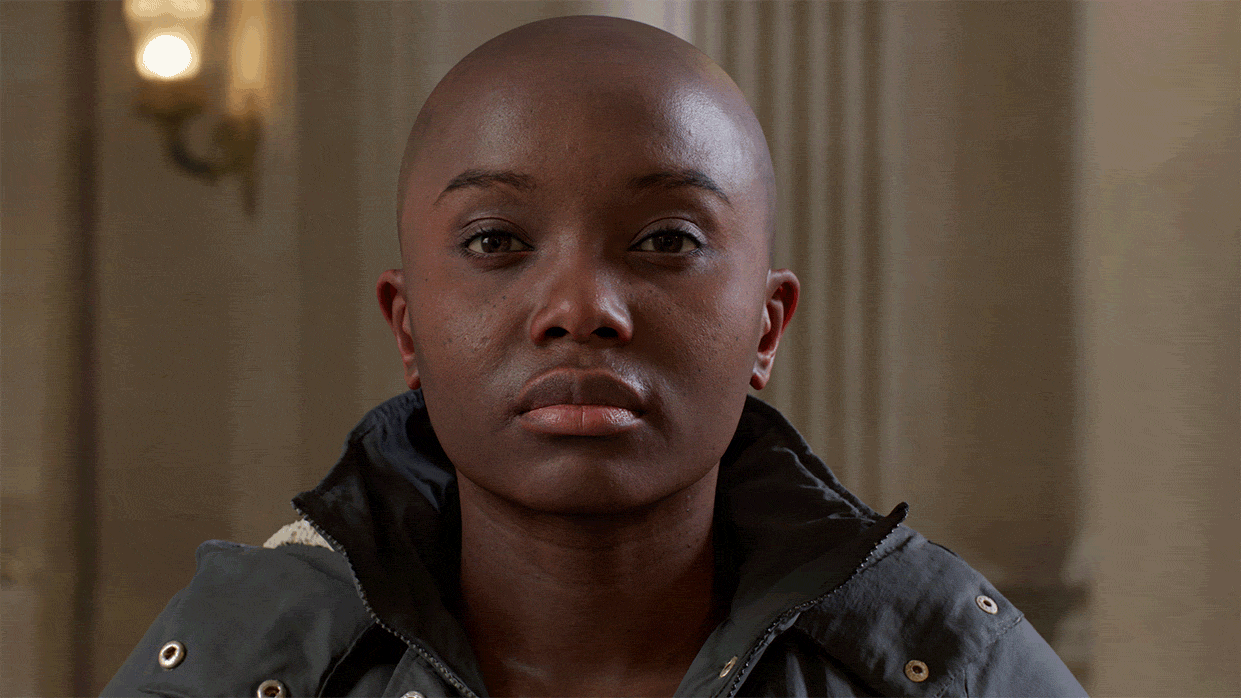

AI is a hot topic these days, and digital artists everywhere
are in dismay about how their art is being used to train massive commercial AI image generators like Midjourney and Stable Diffusion. Unfortunately, there's not
much in the way of legal protection for artists whose work gets co-opted by
these AI systems. So, if you want to keep your art out of the AI's grubby
little hands, here are a few things you can try :)
1. Tagging your artwork
In order for the large AI training sets to correctly evaluate and use your artwork
it is necessary for them to have good quality labelled data. For example, if you were training an AI system to recognize
different types of animals in images, you would need to provide a large number
of labelled images of each type of animal. The labels would indicate which
animal is present in each image, and the algorithm would use this information
to learn how to identify each type of animal.
Because these datasets consist of
billions of images its impossible to have a human go through each image and label it correctly so the quick way around this is to use the image tags already
associated with the image. The same tags you type in when you upload an image to your website or art sharing platform.
Therefore if you want to render your artwork unusable for the vast majority of training sets you can incorrectly tag your data. For example if you post some character artwork on your website / Artstation / reddit etc etc don’t use tags that accurately describe the artwork. Instead tag it with confusing unrelated words. Whilst this might play havoc with your google ranking it will ensure that if your artwork is hooved up by an AI training set it will either be rejected or at the very least play havoc with the algorithm.

2. Copyright protection
Generally speaking its not advisable for AI companies to use copyrighted work in their training sets unless they have obtained the appropriate permissions from the copyright holder (even though we know they do). Currently using copyright-protected images in an AI training set without permission is a bit of a grey area and “could” infringe on the rights of the copyright holder and “could” potentially result in legal action. However we need to remove the ambiguity from this and make sure that the owner of the image has the final say in how it's used and expressly forbidding the use of the image in AI data sets is one way to go about this. Here are some examples of terms that you could use to restrict the use of your work.
· The artwork on this website is protected by copyright and may not be used for any commercial or non-commercial purpose without the express written permission of the copyright holder.
· Any unauthorized use of the artwork, including but not limited to AI training, is strictly prohibited and may result in legal action.
· By accessing this website, you agree to abide by these terms and conditions and to respect the copyright of the artwork displayed on the website.
· The copyright holder reserves the right to modify these terms and conditions at any time without notice.
“Copyright protection is automatically given to works as soon as they are fixed in material form (ideas are not protected, only the permanent expression of those ideas). You do not have to go through any legal process or registration to establish copyright.”
3. Watermarking - I know its horrible!
Watermarks can potentially confuse AI training sets, these can take many forms, such as a
logo, a text message, or a semi-transparent pattern overlaid on the image.
Whilst small logos or text will have little effect, larger
overlaid patterns can seriously affect an AI's ability to use it for training
in a number of ways. If the pattern is too complex or visually similar to the
underlying artwork, it may confuse the AI system and cause it to make incorrect
predictions or decisions. In some cases, the pattern may even be misinterpreted
as part of the content of the image.
When watermarks are present in an AI training set, the
algorithm may learn to recognize a consistent watermark, so using something
totally random every time can increase the chances of confusing the AI and
rendering your image unusable.
I know no one wants to have a huge horrible watermark covering their beautiful creation but for the time being this may be a necessity if you want to display your work on on big sharing platforms and art sites.

3a. Watermarking with stable diffusion images
It's also worth having a look at this interesting article on Medium explaining how Stable diffusion embeds invisible watermarks into its images so that they are not recycled back into the data set. It might be possible to overlay a transparent version of a stable diffusion image onto your own artwork preserving the watermark and therefore tricking the AI into thinking your image is actually an AI generated image and and therefore ignoring it from any future datasets.
Stable diffusion invisible watermark article
4. Don’t post on social media platforms
The ownership of digital photos can be a complex and contentious issue, especially given the often-confusing language of online terms and conditions. On many popular social networking and photo sharing websites, you may technically retain ownership of your photos, but by posting them online, you grant the website the right to “use” them in any way it sees fit and given the way things are going this will almost certainly include integration into AI data training set. Watermarking may be a way around this.Final Thought
I know none of the above is ideal and we shouldn't have to do these things to stop giant corporations using our work without our permission but like it or not AI is coming. As artists and studios all we can really do is try to protect our latest masterpieces from being snagged by
data-hungry algorithms. Maybe someday there will be some legal
protections for us all, but until then its the wild west and all we can do is try some preventative
measure to make our art hard for the machines to understand. Keep those tips above
in mind, and don't fret too much there will always be a demand for beautiful hand crafted artwork.
